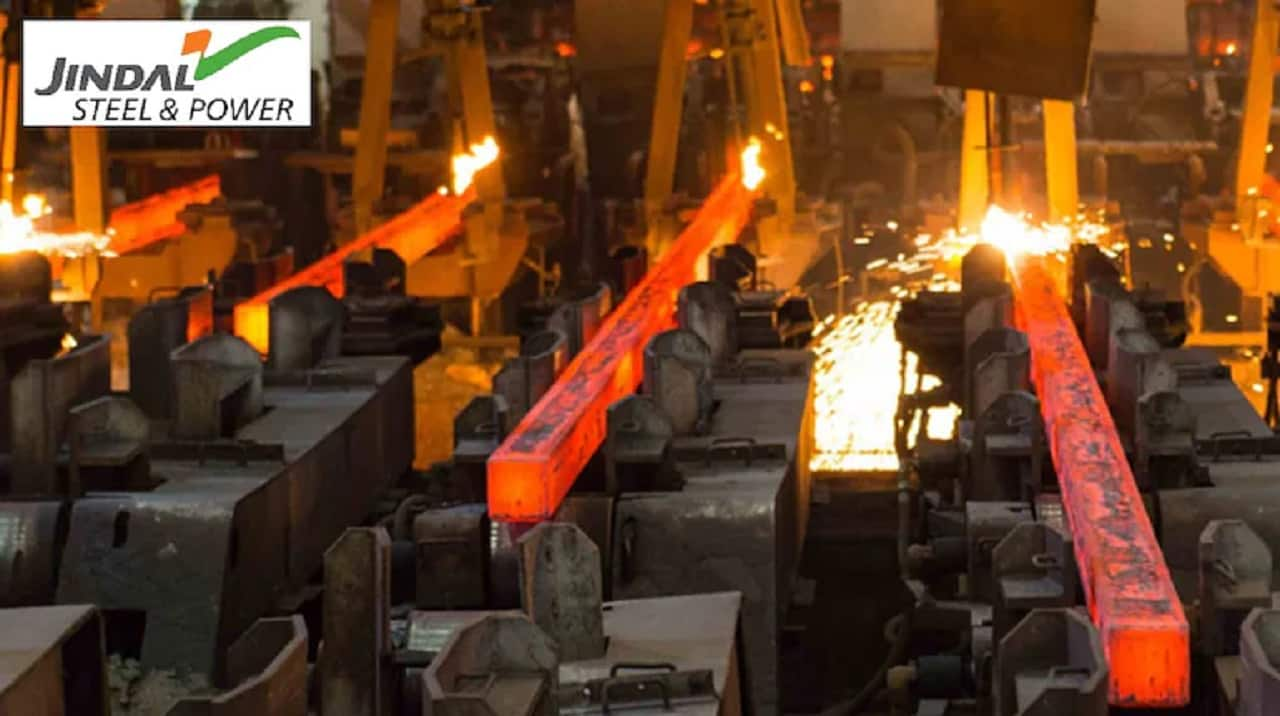With imports rising to a nine-year high of 10.1 million tonnes driven by a surge in finished flat-steel shipments, India has again become a net-importer of steel in FY25, according to provisional data from market analytics firm BigMint. Cheaper exports from South Korea, China, and Japan continued to weigh on domestic steel prices, which are 7-8 percent higher than imported steel.
FY25 saw the highest steel import volume since FY16, when imports had peaked at 11.8 million tonnes. At the same time, in FY25, exports fell to their lowest level since FY15, according to BigMint data.

After peaking at 18.51 million tonnes in FY22, India's steel exports have been on a decline, falling more than 60 per cent over three years to 6.95 million tonnes in FY25.
Owing to the rising differential between local and international steel prices, domestic steel exports became uncompetitive, while import of cheap steel gathered pace. This continued well into FY25, with imports surging to 10.1 million tonnes, including stainless steel, up from 9.
09 million tonnes a year earlier. During the period April 1, 2024, to March 31, 2025, imports of finished flat-steel, used mainly in automobiles and related components, stood at 8.31 million tonnes, according to the data.
Chinese exports are expected to remain high in April, as businesses rush to ship most of their deliverables before the trade barriers kick in, according to S&P Global. China manufactured 92.84 million metric tons of crude steel last month, the highest for a single month since May 2024, per data from its National Bureau of Statistics (NBS).
Global uncertainties to weigh on domestic industry While analysts flag near-term benefits for Indian producers thanks to the government's proposed 12 per cent safeguard duty, there could be downward pressure on prices in the long term considering global oversupply stemming from the current tariff situation, and an economic downturn. "We expect near-term domestic steel demand to be driven by rising infrastructure activity, seasonal uptick in white goods demand, and reduced imports..
. In the medium term, concerns around global and domestic oversupply, slowing global GDP amid tariff uncertainty, and possible devaluation of the Yuan could put pressure on the steel industry. Nonetheless, falling coking coal and iron ore prices may offer partial margin relief," a report by Elara Securities said.
The initial announcement of US tariffs and rationalisation of Chinese steel capacities had led to a spike in steel prices across regions. However, escalating trade tariffs have increased the risk of supply chain disruptions, high inflation, and slowdown of global economies, which have affected commodity prices. While steel prices firmed up in March amid speculations about the safeguard duty, they soon dropped amid cautious buying.
"Trades were concluded at lower prices. There is an expectation that mills may introduce price-support measures to counter the sluggish market momentum," says BigMint. Some industry observers also pointed out the lack of strength in demand, as moribund private capital expenditure is now accompanied by sluggish growth in government capex on infrastructure (because of cash-strapped state governments).
On the other hand, after a slow start to FY25, the union government exceeded its highway construction target for the financial year, and is now planning to construct 10,000 km of highways in the ongoing fiscal. "Reciprocal tariffs by the US on its trading partners and potential countermeasures such as China’s announcement of a 34 percent tariff, suggest a highly uncertain period ahead for global trade. This is likely to cause demand destruction for various commodities.
While the declining Dollar should provide a cushion for commodity prices , however, we believe the potentially lower demand amid an economic slowdown would overshadow any tailwinds from currency ," Kotak Securities wrote in a note. Others affected by high US tariffs, such as Vietnam, may also put pressure on Indian steelmakers, according to analysts. While Vietnam has a modest steel industry, Chinese manufacturers have often taken advantage of its ASEAN (Association of South East Asian Nations) membership to route cheap steel to countries such as India.
ASEAN has an FTA (Free Trade Agreement) with India, that eliminates duties. "High tariffs on China and Vietnam may result in steel exports meant for the US shifting to countries like India. The Directorate General of Trade Remedies (DGTR) has already recommended a 12 percent safeguard duty to protect domestic steel mills.
In March 2025, India imported 0.1 million tonne net. The import volume will be a crucial factor to monitor in the coming months as well," said Aditya Welekar, Senior Research Analyst, Metals, Axis Securities.
.
















